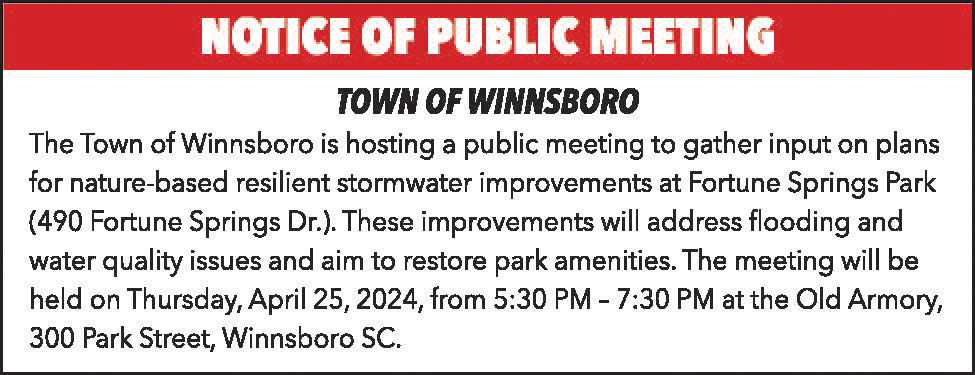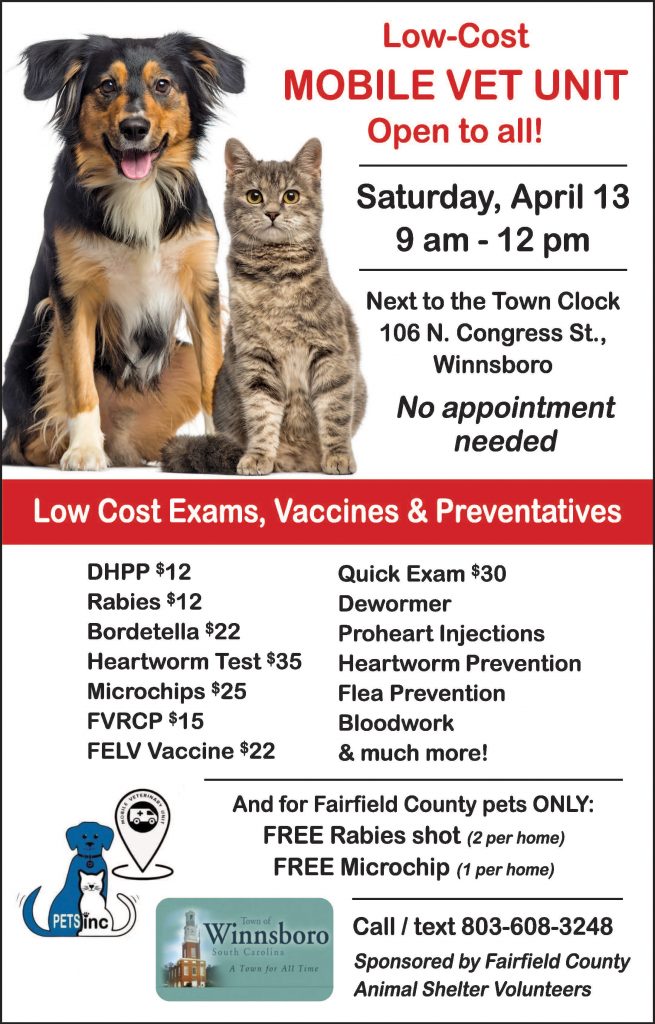How does a $500,000 School District office renovation become a $40+ million dollar project? With a legal loophole that allows a $39,500,000 change order of a construction contract.
• The motion in the Aug. 9, 2011 Board minutes reads, “To allow the administration to enter into a contract with the highest ranking offer and appropriate from the capital building fund up to $500,000 for the discussion of site options and program planning for a district office. This will be an ongoing project and can be stopped at any time.” It passed 5-2 with James Manning and Melinda Anderson the nay votes. There is no mention or use of the wording “enter into a design build contract.” This becomes very important a year later because of the legal loopholes for altering the work.
• I personally met with three different Board members at three different times, had several phone calls with Board members and District executive staff and was told by all that this was a feasibility study – an assessment of our needs. According to the Facility Plan, the district office was slated for improvement in 2016. The 10-year Facility Plan didn’t mention a new building or a need for a community learning space.
• The published highlight of the Aug. 9, 2011 meeting on the District’s website reads:
“District and Community Facility The board voted 5 to 2 to move forward on an evaluation and analysis of the district’s needs including community and professional learning space as well as possible office space for some or all of the district’s administrative staff.
RFP (Request For Proposal) Design/Build Contracts are relatively unusual in construction projects for school districts, though this method has been used by universities routinely. By its very nature Design/Build contracts are broad. In the RFP of March 2011, applicants were directed to submit their “qualifications to provide Design-Build Services for the construction of A New District Office/Community Center.” The District entered into a Design/Build Contract for the first time, which gave the Board enormous latitude to change any and all components without public discussion.
In the RFP from March of 2011, the District states because neighborhoods do not provide the amenities that are critical for community, the District has a role in providing these. “Additionally, community amenities normally found in mature neighborhoods are lacking in the region [Richland 2] and the District wishes to utilize its facilities where appropriate to meet the needs of the residents of Richland School District Two . . . Dr. Brochu stated that the reason the district wanted to move forward with the design-build team was so that we could absolutely get the most creative solutions for working with the district and community functions that might make sense moving forward for the district for the next 50-100 years.”
The 7-0 vote on Sept. 11, 2011 to accept a $40 million change order changed the project’s focus from the District Office/Community Center to a Student Education Center. This is legal and was directed by the District with the express approval from the School Board. The change order vote took place after 10 p.m. after a second executive session meeting with only two community members still in the audience.
District Officials and School Board members have been reluctant to discuss the particulars of the project. While the specific offerings are not public, both Superintendent Katie Brochu in her District Progress Report this past October and then Chairman Chip Jackson have praised this unique opportunity as a path for high school students to graduate with a high school diploma and a two-year college associate degree.
Mr. Jackson has remained dedicated to focusing attention on new avenues for students. He has consistently campaigned with the message that Richland 2 provides excellent opportunities for our top academic performers through magnet programs, honor and Advanced Placement classes. He is quoted in The State as saying that, “Our district’s demographics are changing drastically. We are having a growing population of students for whom that [college] is not their destiny.” Rapidly increasingly poverty in the district is cited as the impetus to create new and different learning opportunities for students that traditionally have not been served effectively.
School Board members now say an announcement of the site is expected to be made in early February – 18 months after the District Office renovation was first announced.
Other districts in the community have already established relationships with Midlands Technical College where student take traditional high school classes and travel to off campus sites for technical training in the same day. For instance, Lexington-Richland 5’s Center For Advanced Technical Studies which opened for the 2012/2013 school year as partners with the Mechanical Contractor Association of SC and Midlands Tech to increase the engineering offerings. Fairfield County, also partnering with Midlands Tech, allows their students to dual enroll with programs that address the skills needed to fill job openings in the nuclear reactor site. Batesburg-Leesville has collaborated with Midlands Tech for several years.
This project is to be financed primarily with monies in the 8 percent Bond Fund – approximately $10 million – and the balance from unallocated funds from the 2008 bond referendum. The district reports that building this multi-purpose center will delay the future building of a sixth high school and give the district a savings of $100 million. Other than delaying a future bond referendum, it is unclear how a $100 million saving would specifically be realized. Currently, the district’s high schools are built to serve approximately 2,000 students per school with a building cost of nearly $100 Million.
Until the detailed plans for the Student Education Center are announced, the community is left to ponder these questions:
• What responsibility does the school district have in offering post high school classes?
• Does the community have an obligation and/or want to pay for post high school classes for its students?
• How will district employee, community and students be served?
• Will the Center come in at budget when the budget is less than half the construction costs of a traditional half school?
• Can the transportation budget and bus fleet handle the additional routes?
• What are the goals for the Center? How will success be defined and measured?
• Will the community partnerships remain enthusiastic and constructive additions to our student’s education?
• Will the community have an ongoing or active role in the decisions as to what the course offerings are needed? How will they contribute?










